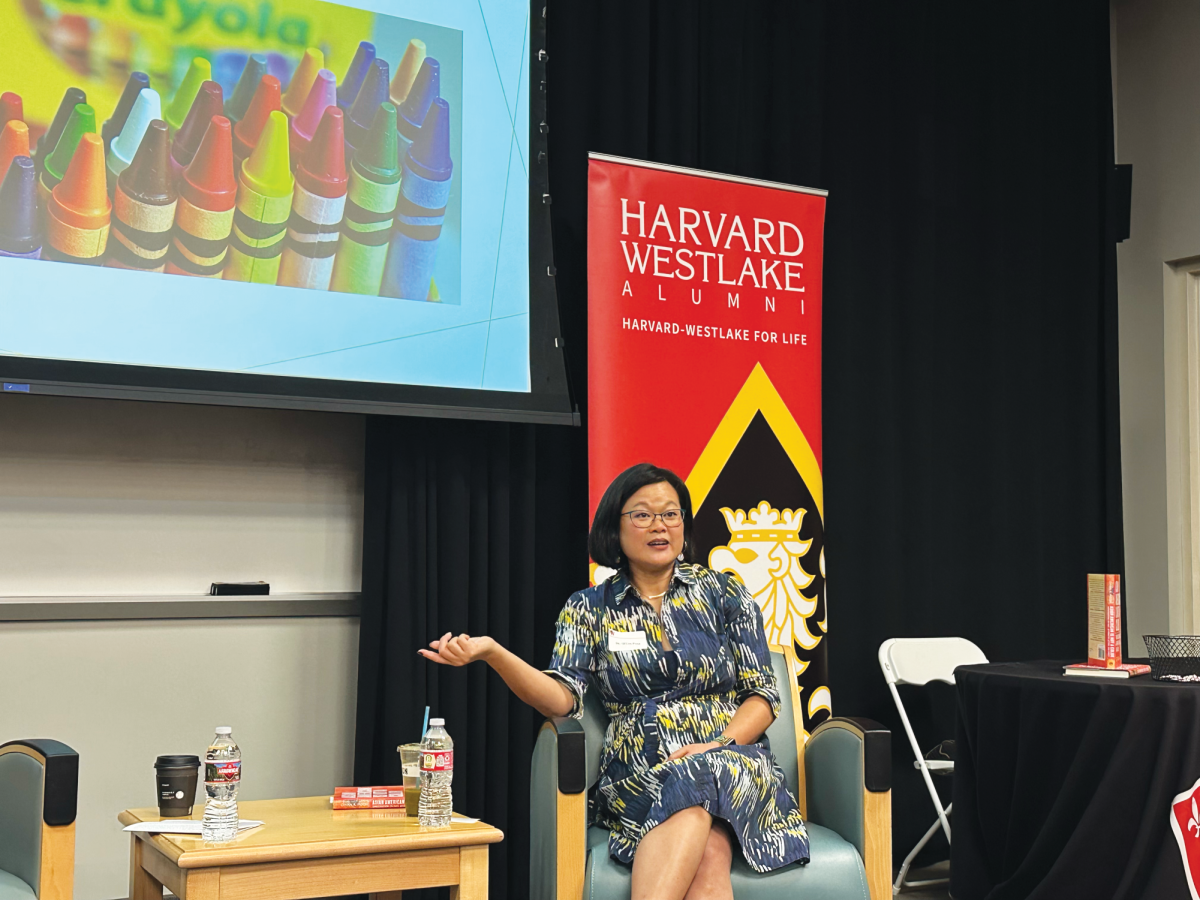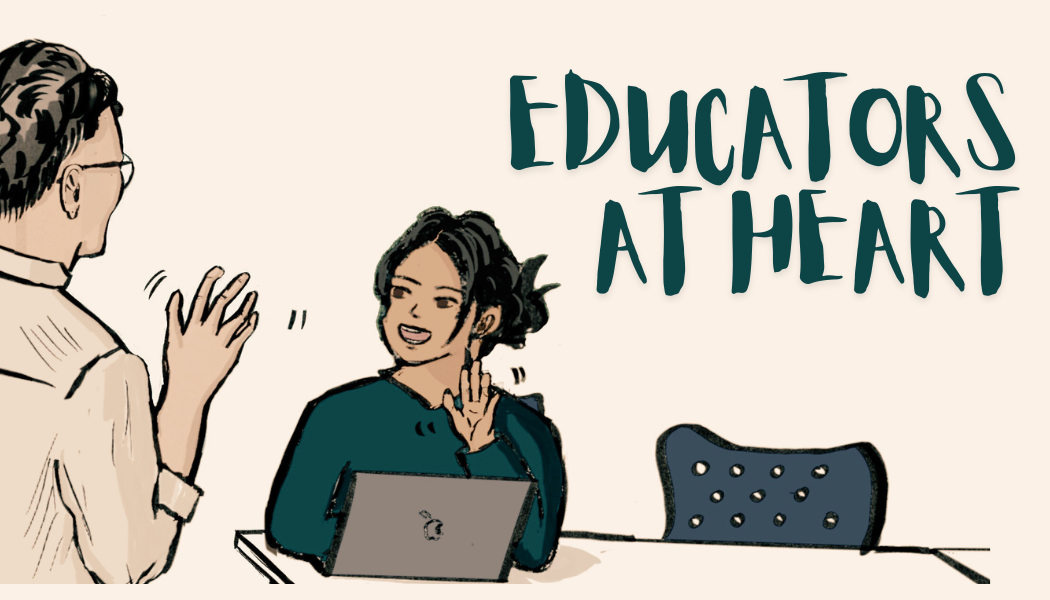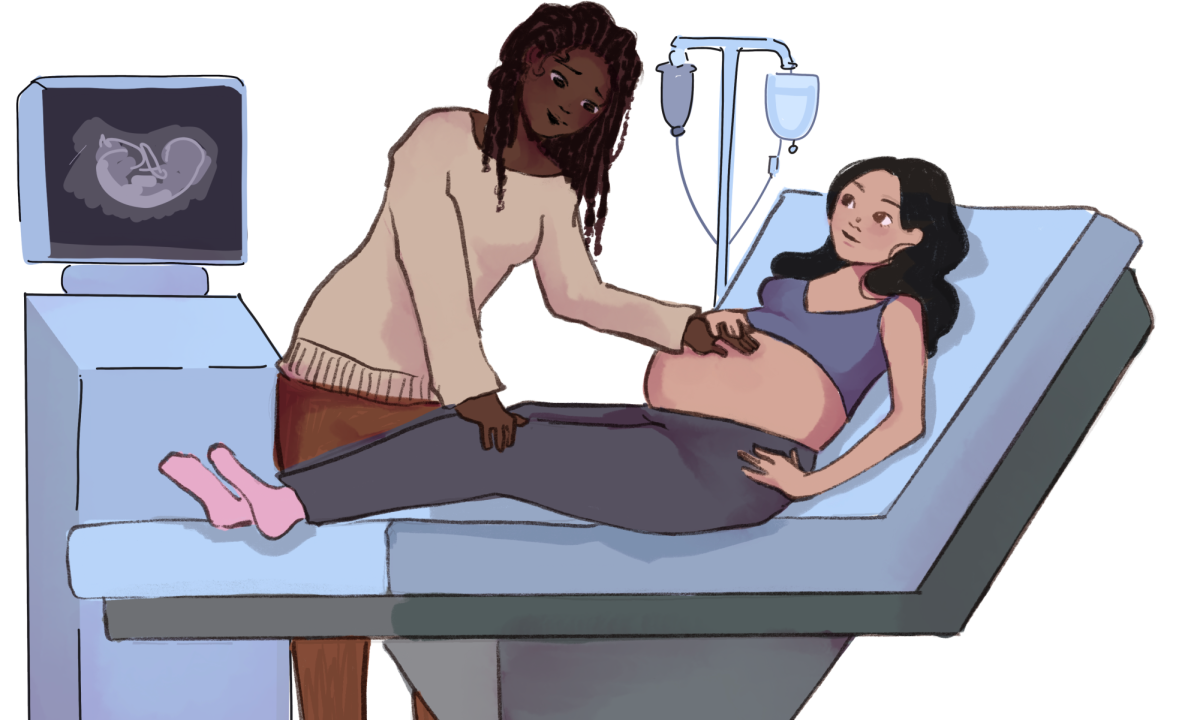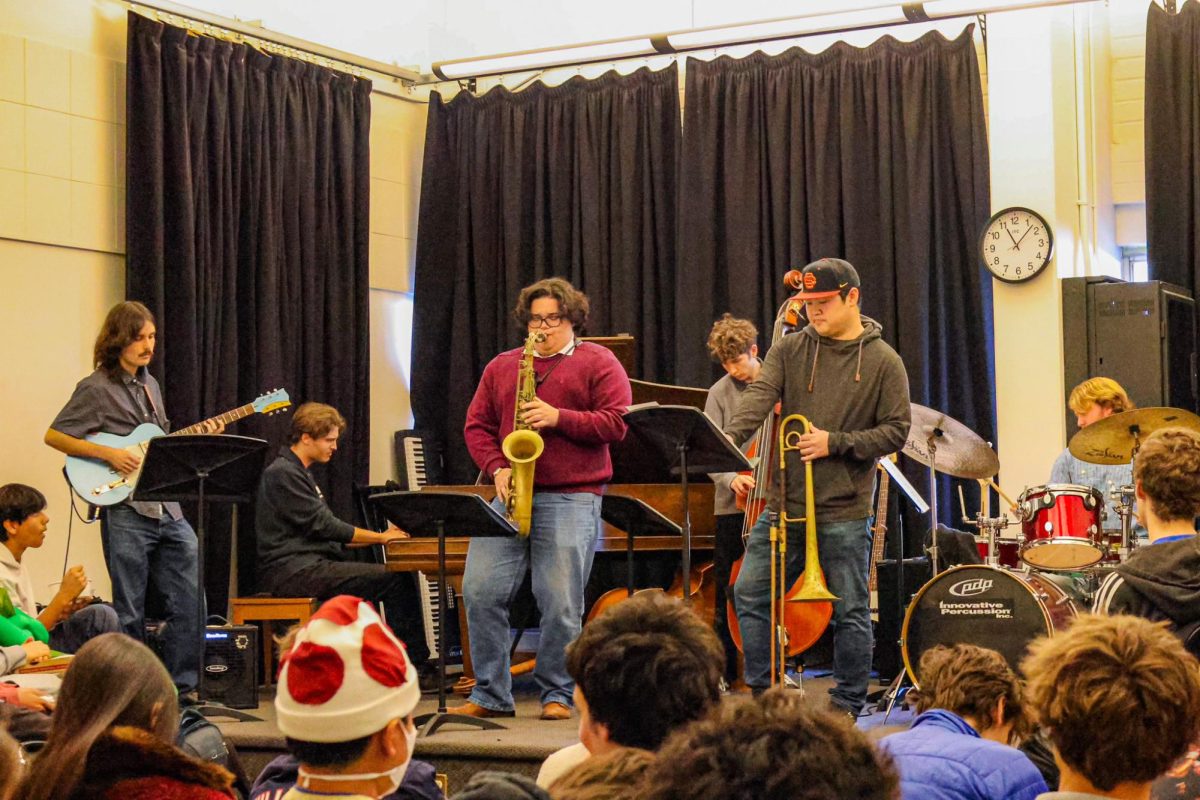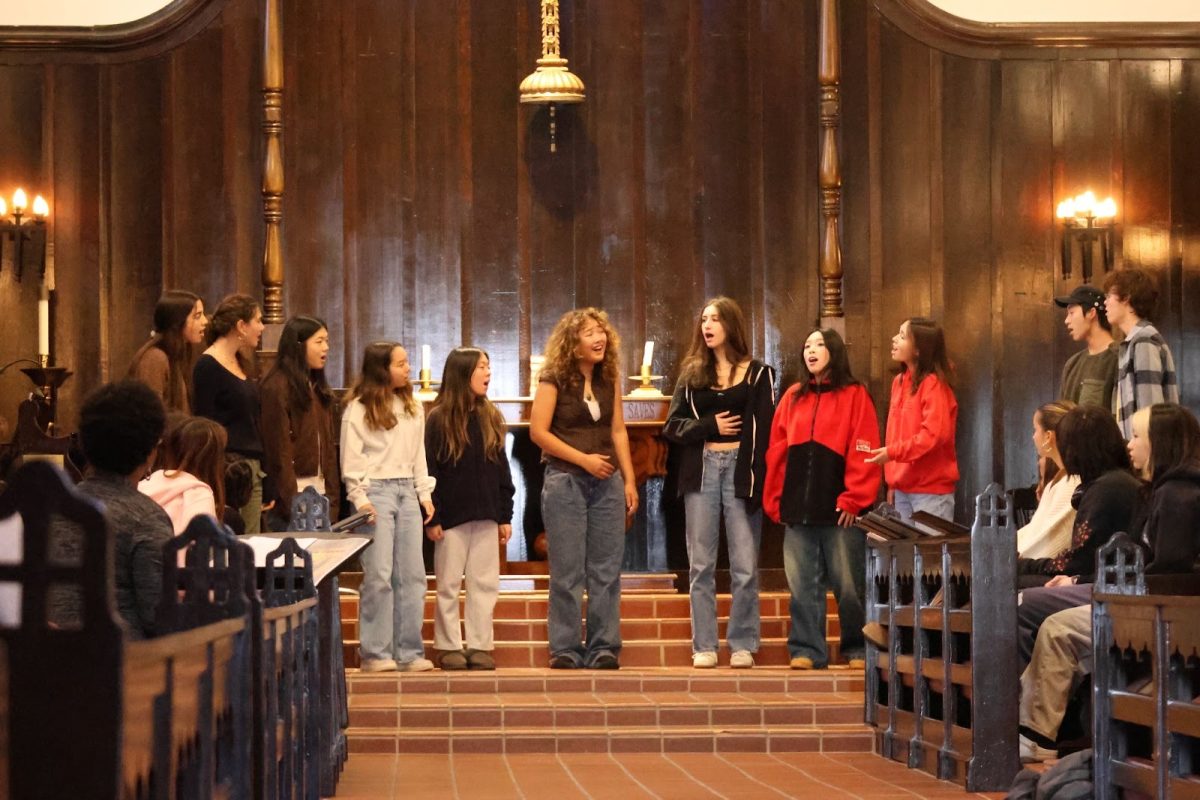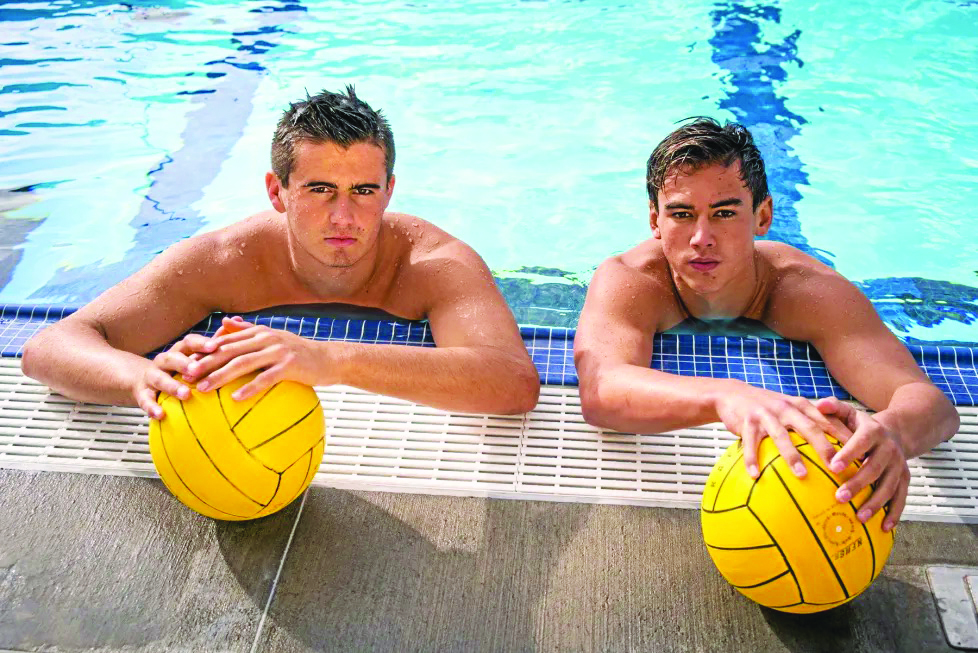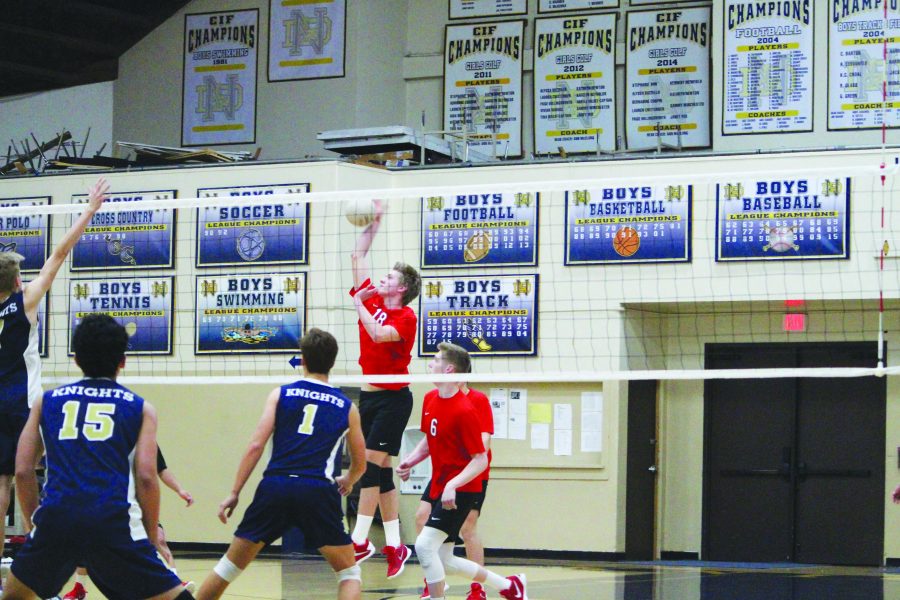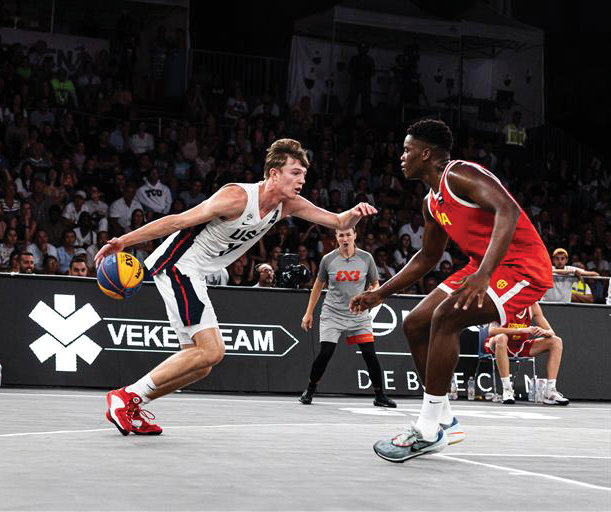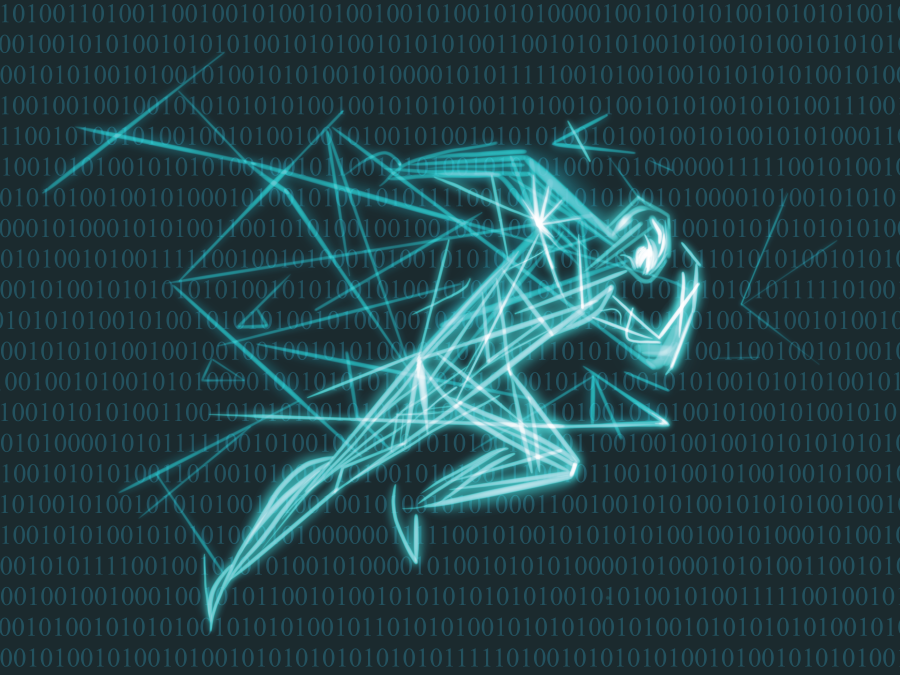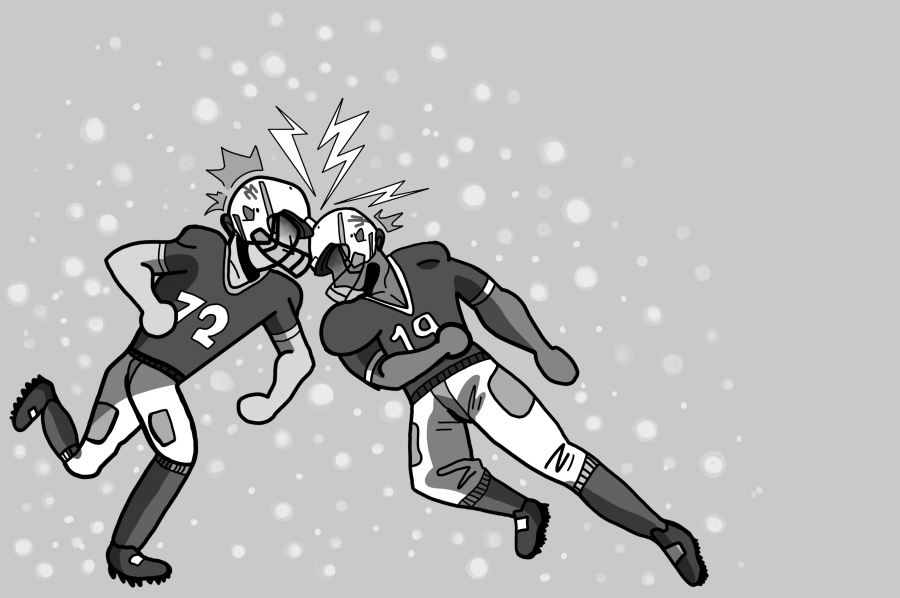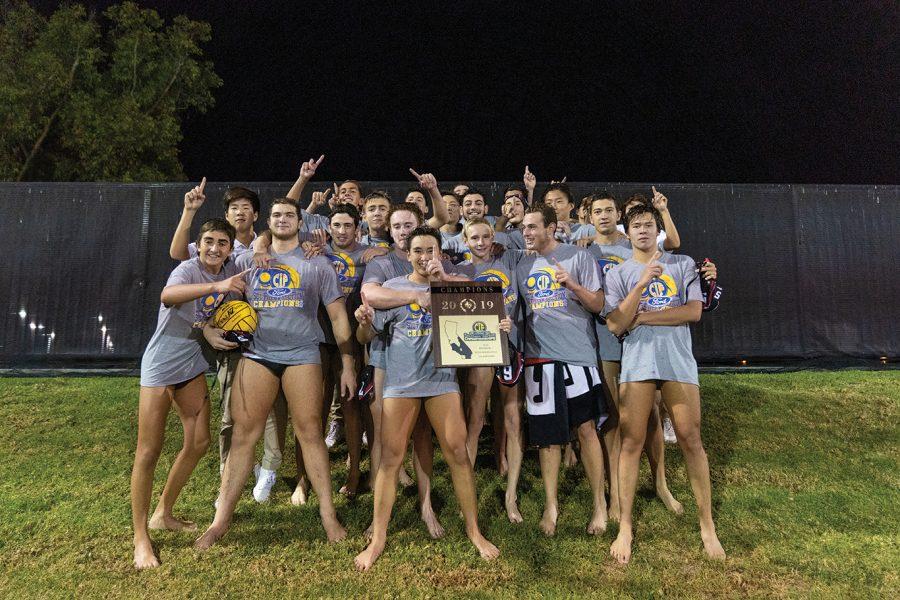There is always a video camera trained on the boys’ volleyball team. During every practice, every game, the boys are being recorded so that the coaches can use the footage to apply data analysis and statistics and ideally help each player, and the team as a whole, to improve.
First year boys’ volleyball head coach Ryan Casey has brought this technique, which is used on the college and national volleyball levels, to aid in the teaching and improvement of the team’s skills and in scouting other teams. While similar analytics were used by the team in previous years, Casey has expanded on its use, beyond just predictions of where the other team will hit.
“We can use analytics to help us figure out what we need to work on and when we work on it, whether we are doing better on that or not,” Casey said.
Through use of a software called Screencast-O-Matic Casey and boys’ volleyball coach John Souisa can record the players, add narration explaining how a new technique could help in the situation shown, and use a writing tool to diagram movements and positioning. When uploading video, every contact with the ball gets a code that can then be accessed later for detailed analysis.
Casey said that volleyball is an ideal sport to apply this type of statistical analysis to because each side of the net is its own self-contained unit. This amount of control means there is no need to account for interference by the other team which could disrupt an attempt to apply general statistics in other sports.
When using this type of data analysis for teaching, the plan is broken into four parts. First, the coaches will hypothesize on what areas of the team’s playing could be changed, based either on how the coaches have seen the team performing and what areas data sets show need improvement or on widely accepted ideas that come from well-respected outside sources.
The coaches will then collect data by filming and applying statistics to the film to find the frequency of success for a certain skill and look for where they need the most improvement.
Based on the data, the coaches will then come up with a strategy for teaching a new technique. Each athlete will start by setting goals with input by the coaches on what they think needs improvement. The coaches will then develop teaching cues, or short explanations conveying the information needed to apply the new technique to the skill properly.
Casey also gives each player a video of their own playing, allowing them to see what they need to improve on and how it would make a difference. It allows them to picture the exact changes that should be made. Each video is complete with narration by the coaches, further explaining what the player is doing and how changes in technique could lead to improvement.
“What I think is a really critical part of that is using video, of practice and games, to help them visualize what they are doing, but also understand the meaning of what we are talking about,” Casey said. “I think that what we think about and what they think about may be completely different, and maybe they have never heard it before and maybe they don’t know how to interpret it. And so it says this is what that means, and this is when you are doing it right.”

Coaches will watch film of their opponent before every game, mostly to see where on the court they are most likely to hit to statistically, which allows the team to formulate a strategy before their games.
“Normally in volleyball we spend the first game trying to understand each player, and see their tendencies,” libero David Ho ’16 said. “And then game two and three then we can start building up. So [now that] we do this we have a first game advantage over them which is why we come out swinging.”
This especially helps with the team’s defensive strategy: their receives and blocking. It is particularly important because the team is very young this year and so does not have the competitive and strategic edge given by older players.
“We are not the most experienced volleyball team, so every edge we can get on our opponents is a big deal,” opposite Colin Shannon ’17 said. “And so it’s particularly looking at the other team’s weaknesses to get points that is a big help.”
However, Casey fears not all the players understand that the purpose of the scouting videos beyond seeing which of the other team’s hitters is “good” and “bad.”
“When we are preparing for an opponent, we just watch the hitters they are going to have for any line up,” Casey said. “And if there is something specific we have mined out of the data, then maybe we will show them a video of that event occurring. But really we want them to be able to see their hitters so that when they get on the court they will see some of these things and react the right way to them.”
Ultimately, though, Casey believes that the team has been very receptive to the use of all the new analytics tactics and willing to incorporate it into their playing.
“People came in, wanted to work in their frees on certain things,” Casey said. “They like the feedback, they like to see the feedback and have a real way of seeing what’s happening on the court and what we’re talking about.”
An ideal result would be for technique used to change into the one that is being taught and for the skill to improve. However, not all new techniques are successful. Improvement of a skill may arise do to simple practice without the technique having changed. Or a change in technique may lead to no change in skill, proving that there is no real statistical significance between the the techniques.
As a team, the players and coaches will watch film of their opponent before every game, mostly to see where on the court they are most likely to hit to statistically, which allows the team to formulate a strategy before their games.
“Normally in volleyball we spend the first game spend the first game, trying to understand each player, and see their tendencies,” Libero David Ho ’16 said. “And then game two and three then we can start building up. So [now that] we do this we have a first game advantage over them which is why we come out swinging.”
This especially helps with the team’s defensive strategy: their receives and blocking. It is particularly important because the team is very young this year and so does not have the competitive and strategic edge given by older players.
“We are not the most experienced volleyball team, so every edge we can get on our opponents is a big deal,” Opposite Colin Shannon ’17 said. “And so it’s particularly looking at the other team’s weaknesses to get points that is a big help.”
However, Casey fears not all the players understand that the purpose of the scouting videos beyond seeing which of the other team’s hitters is “good” and “bad.”
“When we are preparing for an opponent, we just watch the hitters they are going to have for any line up,” Casey said. “And if there is something specific we have mined out of the data, then maybe we will show them a video of that event occurring. But really we want them to be able to see their hitters so that when they get on the court they will see some of these things and react the right way to them.”
Ultimately, though, Casey believes that the team has been very receptive to the use of all the new analytics.
“People came in, wanted to work in their frees on certain things,” Casey said. “They like the feedback, they like to see the feedback and have a real way of seeing what’s happening on the court and what we’re talking about.”

